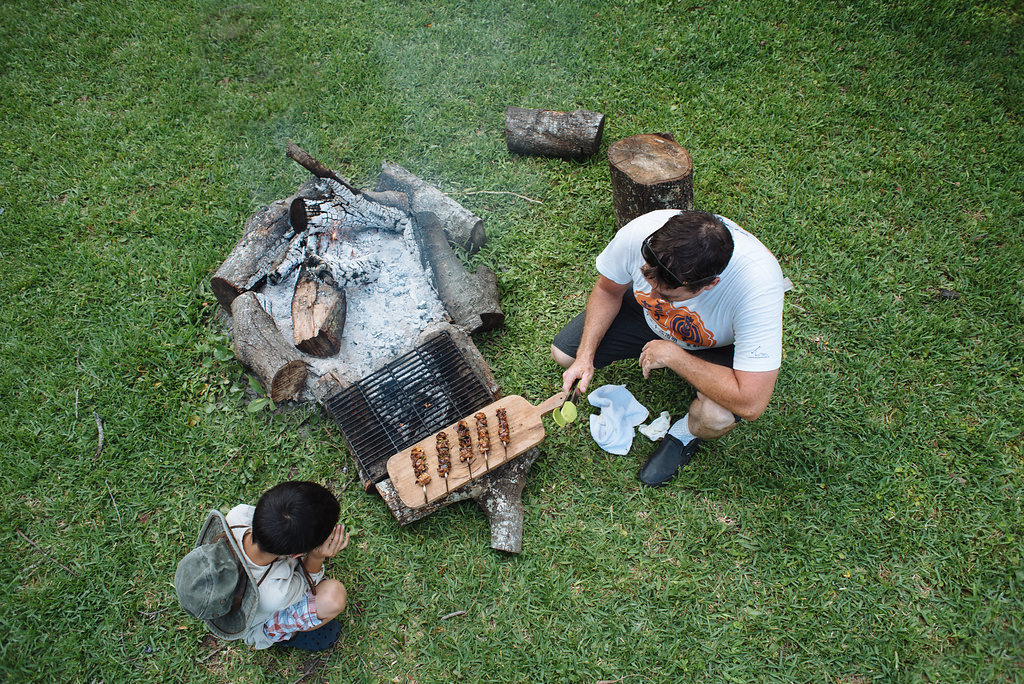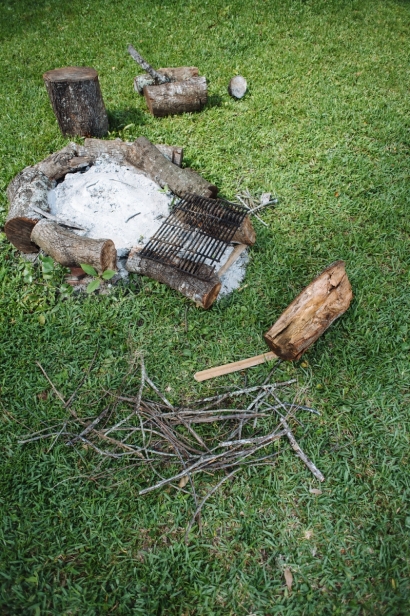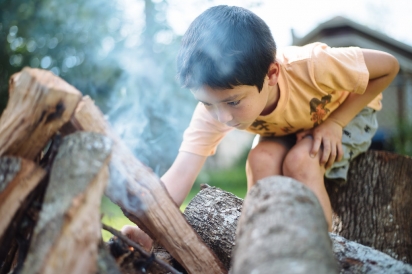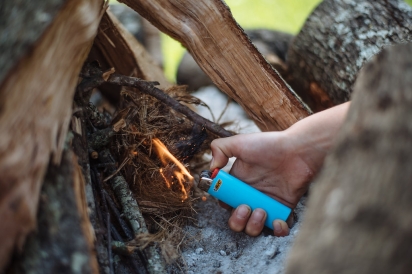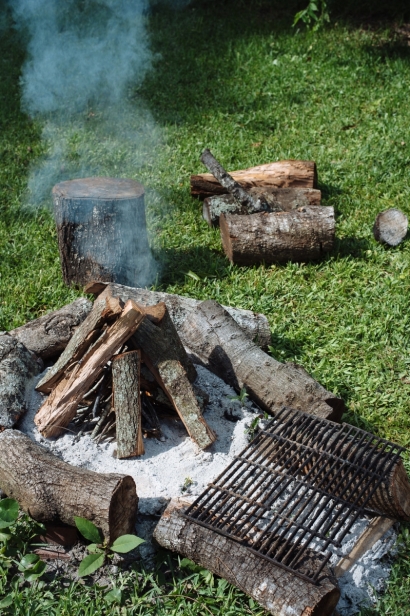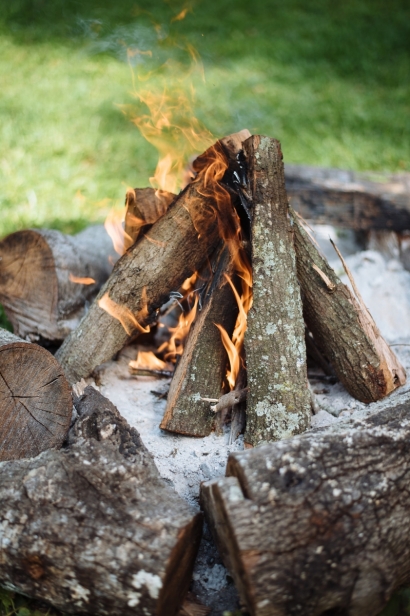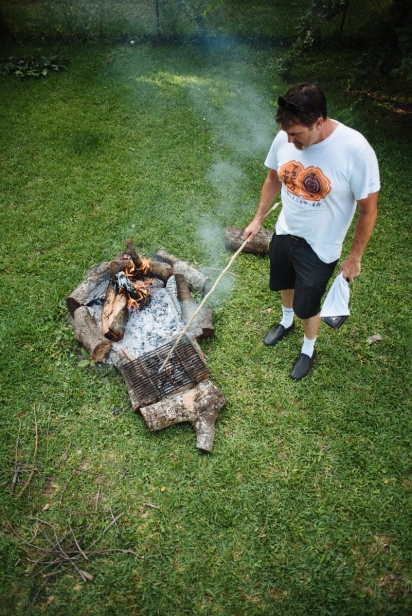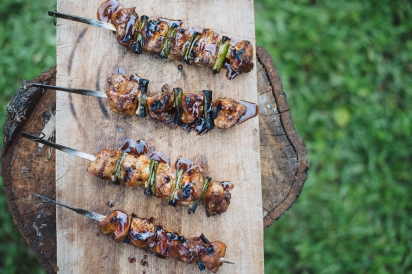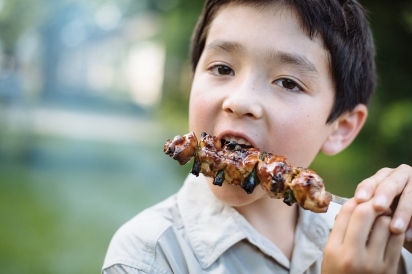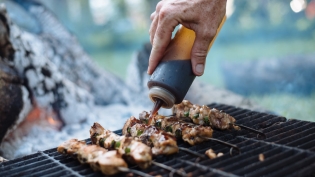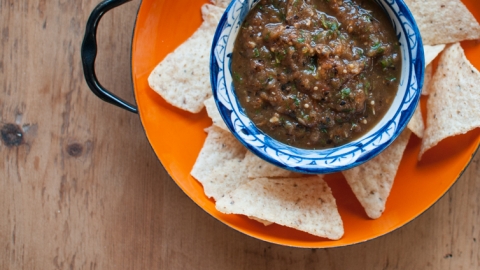The Art of Campfire Cooking
Since the discovery of fire, history tells us the fire pit was a gathering place. A place where cooking, stories, song and dance took place and still take place today. Before writing was part of human life, this was our history book. A learning hub, so to speak. When humans began to cook, this separated us from other species. No other living creature cooks and it started with a campfire. The design of the fire ring, the hunt for tinder, kindling and firewood are all part of the ritual for a successful campfire.
Tinder is the super flammable material and the forest provides plenty of options. Spanish moss works great and so does the dried, brown, hairy looking stuff that is around and in between most palms and palmettos. The next layer, kindling, should be small twigs, or if you are lucky, some fat lighter. This can be found around the campsite. Start with twigs no larger than 1/4-inch, then increase the size up to one inch on the next layers. Build in a teepee fashion for optimum oxygen. Next add your smaller pieces of firewood. If you have plenty of tinder and kindling, one lighting of this should ignite the campfire in no time. Once the smaller pieces of firewood are going, you can add in the larger ones.
When I build a fire ring, I like to create what I call a keyhole design. To do this, make a circle with rocks or dig a circular hole. On one side of the circle, extend out a small square—the size of the grate or skillet you will use for cooking. (You can even borrow a grate from your backyard grill.) When you are done, the fire ring should resemble an old-fashioned skeleton keyhole. This design allows you to keep your communal fire going strong and provides an ample supply of hot coals to rake into the cooking area.
TECHNIQUES AND TOOLS FOR CAMPFIRE COOKING
Skewers: Great for sausages, marshmallows, kabobs, bread and other items.
Grilling: A common technique, suitable for meats, seafood and vegetables.
Dutch Ovens: Thick black cast-iron pots with a lid and metal handle allow for one-pot cooking that can also double as a storage container. Dutch ovens are great but add weight and cargo bulk and can get very dirty.
Skillets: Readily available at most outdoor stores, skillets come in a variety of materials, including cast-iron and lightweight aluminum. The nonstick ones are great. Clean up is easy with a paper towel, leaving just enough oil for the next cooking session.
Foil Pouch: Just fill a pouch of heavy duty foil with your favorite ingredients, seal it and put it on or near hot coals. This method makes for easy cleanup and is very efficient. For savory meals try ingredients like meat, peppers, onions, mushrooms and potatoes. For sweet pouches, chocolate, apples, bananas, berries, peanut butter, marshmallows, rum and whiskey are all great ingredients. You can pre-make foil pouches in zip-top bags or throw them together at the campsite with the wild foraged edibles you found while searching for The Great Florida Skunk Ape (Florida’s version of Bigfoot).


